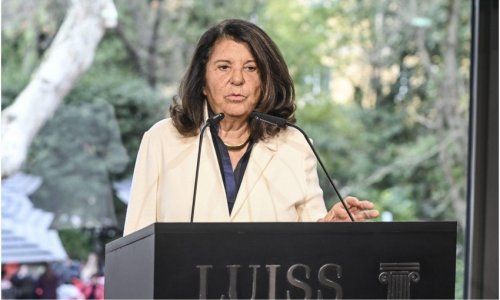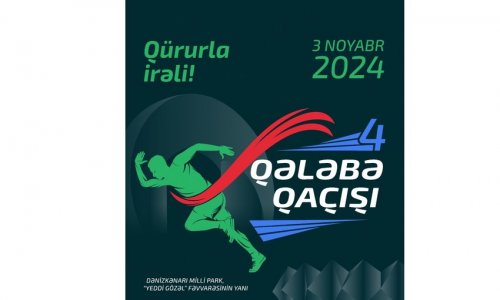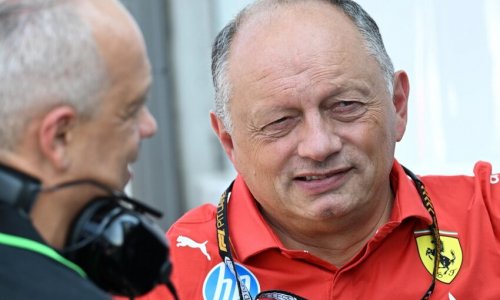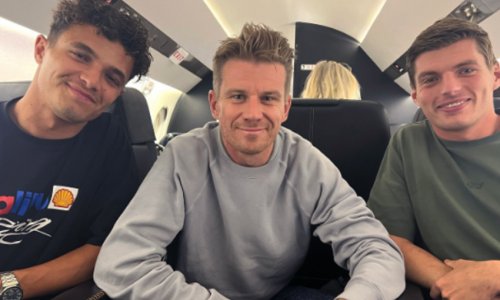Galindo, originally from Guatemala, has been here for 13 years, selling every kind of strip and boot. A faded poster of David Beckham hangs in the window – already a world superstar, but now a figure of renewed fascination among Galindo's growing army of local customers obsessed with the game.Almost as soon as Beckham stepped from his limousine at Kendall Soccer Park in Miami last week, a vision of sports perfection between a stand of viburnum and ficus trees, he was engulfed by fans energised by both his global celebrity and excitement over his plans to start his own US league team in a purpose-built stadium on the shore of Miami's Biscayne Bay.The deal faces numerous hurdles, financial and political, and the kick-off whistle won't be blown until at least 2017. But the plan has one major attribute beyond Beckham's easy charm and marketing savvy: Miami, like Los Angeles where the 38-year-old former England captain played for six years with LA Galaxy, has a population of Latin American football fans eager for a team to throw their enthusiasm behind. That's the theory behind Beckham's Major League Soccer side, and he and his backers are prepared to invest millions to test it.More than ever, Miami acts as a bridge between continents: a nexus for Latin money and culture. Beyond the tourist glitz of South Beach, Spanish is, de facto, the first language. Large communities of Nicaraguans, Guatemalans and Hondurans have taken the place of Cuban-Americans in Little Havana. Further north, Argentinians, Brazilians, Colombians and Uruguayans have settled, each bringing distinctive sensibilities and their love of football.Beckham's proposed stadium is within walking distance of Galifutbol, but so too is the Orange Bowl, once home to Miami FC, an MLS team that folded four years ago, its stadium ignominiously converted into a baseball ground.The city of Miami is about 70% Hispanic, 16% black and 11% white. Russians and Jews live north in Sunny Isles; most whites and Cuban-Americans are in the vast suburbs stretching north and west to the Everglades. Beckham's stadium is close enough to downtown for fans to walk. "Fans love to commute," he said last week. "They love to walk. I'm hoping that's the same in Miami."Galindo believes Beckham could succeed where Miami FC failed. Not only has he got local politicos behind him, but he has learned the lesson of his time at LA Galaxy – it's one thing to sign star players to guarantee attendance, but his organisation will have to work to develop talent at the local level if it is to win local support.Less likely to crowd into Beckham's 25,000-capacity "People's Football Club" stadium are members of Miami's sizeable Cuban-American, Dominican and Puerto Rican populations – they tend to follow baseball or boxing.The unanswered question is whether Beckham can build a fan base with non-Latino, Anglo-Americans.The prevailing view, says Brazilian football fan Roger Soza, is that Anglo-Americans "just don't really like it". But as Beckham found in Los Angeles, the backing of the Latino community can be enough to guarantee success. "I don't think the Anglos matter that much because there aren't that many here," says Galindo.Still, football is a growing school sport for boys and girls, in part because of low cost of entry and because it carries less risk of injury than American football. But interest and participation tapers off when set against established US sports. Jeff Rust, a parent watching his teenage daughter play at a local park, suggests this is built into the school system. Schools can charge admission to watch American football. Soccer is free. "So naturally they push football," he says.And to date, Major League teams in Miami have not fared well. After Miami FC folded, Miami Fusion, confusingly located in nearby Fort Lauderdale, became the Fort Lauderdale Strikers. They're supported locally but barely known beyond. So why should a team work now? "He wouldn't risk putting his name to something if he wasn't sure it would work," says Federico Legaz, manager of the Newcampo Argentinian steakhouse near the beach.If Beckham's team succeeds, the returns could be substantial. Sport is where the big money is and successful teams that boast star players such as Miami Heat's LeBron James are guaranteed outsized rewards – a trend that has not gone unnoticed by the entertainment business.Studios may be producing fewer films, and paydays for A-list actors are dwindling, but athletes can command multimillion-dollar contracts and their teams receive billions in broadcast fees. Last month, the Hollywood talent agency William Morris paid $2.3bn for the sports agency IMG Worldwide, adding tennis champion Novak Djokovic, supermodel Gisele Bundchen and pop star Taylor Swift, among others, to its clientele.As sport becomes more deeply enmeshed with entertainment and fashion, it's little surprise that Simon Fuller, the Beckhams' manager and developer of American Idol, is deeply involved in the Miami project. Who better to personify the union of sport and entertainment than the Beckhams? While in Miami, Beckham's picture was splashed across the media promoting his line of H&M underwear while Victoria was fine-tuning a presentation of VB clothing at New York fashion week on Sunday.Sports fame and star power also triggered the crowd frenzy in Kendall last week. Benjamin Olmos de Aguilera, a 19-year-old midfielder, said Beckham was scheduled to meet youth teams for an hour. "But after 30 minutes, the crowd charged. He could barely walk. It was packed. He couldn't even lift his arms up. He had to flee."Bernie Rodriguez, the grounds manager, predicts Beckham's project will be successful if he can get the players. "So long as there's a good product on the field, there won't be a problem. In Miami, people will always come to support a winner." That may be a far cry from supporting a club through good times and bad, but American audiences have indicated they have limited patience for failure, especially when so much other entertainment is on offer.The site of the proposed stadium in the Port of Miami is within walking distance of Little Havana which, since Cuban-Americans moved to the suburbs, is now home to communities of Nicaraguans, Colombians, Guatemalans. It's also close to South Beach, famous for its art deco hotels and celebrity clientele. So in addition to a local fan base of Latin Americans, the still-unnamed team will be able to draw celebrities and stars from other sports to make it into an event, predicts Rodriguez.But that presumes Beckham and his partners, including Miami-based telecoms billionaire Marcelo Claure, can convince county authorities to provide a free site for the stadium. Before that can happen, Beckham will have to convince them that his plan is adequately funded and good for the city.Last week, Miami-Dade mayor Carlos Giménez boasted of the support of county commissioners. "The world's most popular sport is coming to the world's hottest city," he puffed.But others urged caution, pointing to a previous project in which hundreds of millions in public funds was committed to bring the Miami Marlins to the area.Claure said in order for private investors to want to build a stadium and a team, local government would have to show commitment. Beckham, meanwhile, told the Miami Herald he was confident of success. "I know this city is ready for football – soccer – this time around."(theguardian.com)ANN.Az
Beckham has the charm: can Miami's Latino fans make his football dream work?
Sport
15:45 | 10.02.2014

Beckham has the charm: can Miami's Latino fans make his football dream work?
"This is the gateway city to Latin America," says José Galindo, owner of Galifutbol, a football equipment shop in Miami's Little Havana. "Every Latin and Central American country is represented here. The one thing that brings us together is soccer. It unifies the whole city."
Follow us !










